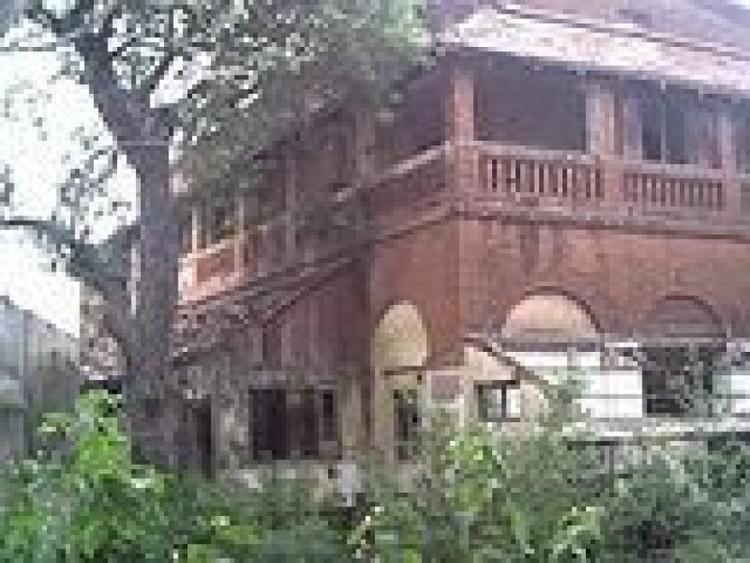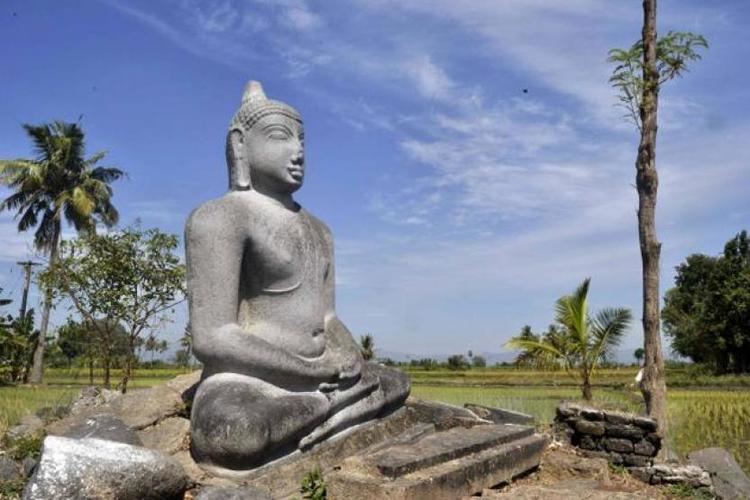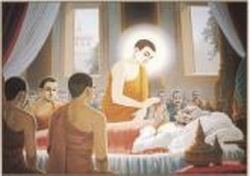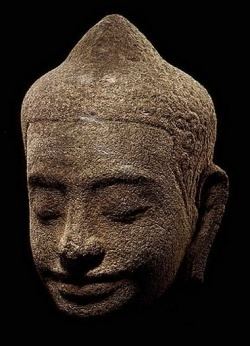 | ||
Yaathrigan ponniyin selvan arulmozhi varman staying at chudamani vihara 13 07 2014 thanthi tv
Chudamani Vihara was a Buddhist vihara (monastery) in Nagapattinam, Tamil Nadu, India. Chudamani Vihara was constructed in 1006 CE by the Srivijayan king Sri Vijaya Maravijayattungavarman with the patronage of Rajaraja Chola. The vihara building survived in dilapidated condition till 1867, when Jesuit missionaries demolished it. Since 1856, about 350 Buddha bronzes have been found at Nagapattinam, dating from the 11th to the 16th century.
Contents
- Yaathrigan ponniyin selvan arulmozhi varman staying at chudamani vihara 13 07 2014 thanthi tv
- History
- References

History

The heritage of Nagapattinam is mentioned in the Burmese historical text of 3rd century B.C. which mentions a Buddha vihara built by the emperor Ashoka. The Chinese traveler Xuanzang also mentioned the vihara. Nagappattinam is mentioned as Padarithitha in the ancient Buddhist literature.

The Anaimangalam copperplate of Kulothunga Chola I mentions that Kasiba Thera (Buddhist Monk) renovated the shrine in 6th century AD with the help of monks of "Naganadu" (Nagapattinam). The Pallava King Rajasimha (690–728) permitted a Chinese king to build Buddha vihara in Nagappattinam.

According to the copperplate record of Chola king Rajaraja, the Sailendra king, Sri Mara-vijayottunga-varman constructed the vihara with the support of Rajaraja.
In "Ponniyin Selvan" by Kalki, it is documented that the copperplate was relocated to the Leiden Museum in Holland.

One statue, now at John D. Rockefeller Collection of Asian Art in New York, has an inscription that mentions that this Buddha was created to be carried in a procession during the temple’s sacred festival. The inscription has been translated by Vidya Dehejia as:
Well-being [and] prosperity. The nayakar [Buddha], of all of the eighteen countries, of the metalworkers. The procession image, for the sacred festival of the alvar temple, which was caused to be taken in procession by the respected one (utaiyar) endowed of the four gunas from Cirutavur; [in] the perum-palli (great place of worship or great vihara) of the metalworkers, [in] the perum-palli of Rajendra Chola.